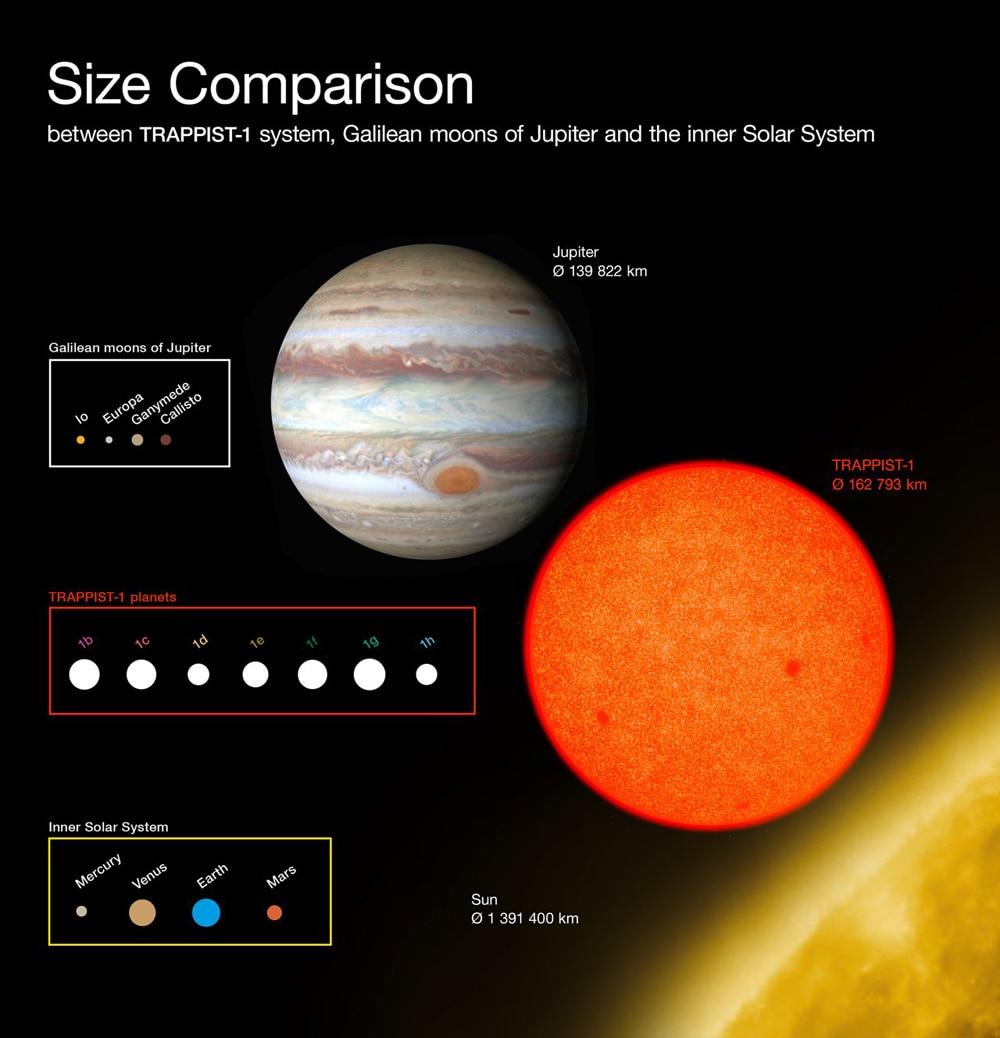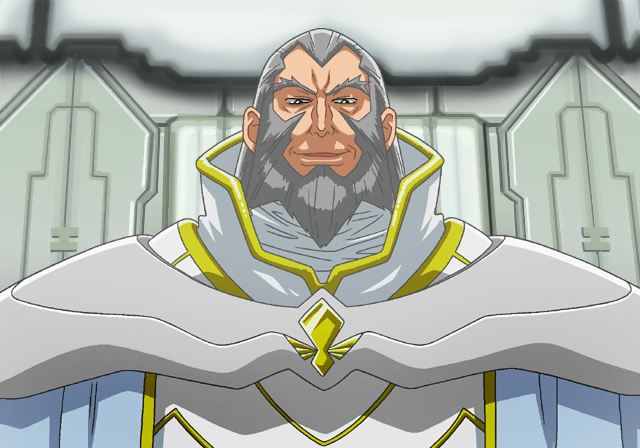DeadlyParasite
Member
Exciting stuff, I have to believe that in my lifetime we'll have the technology to get extremely clear images of these star systems.
Comparing our solar system to theirs:
And is now run by a remnant fascist state of anime avatars.- What killed the thousands of people living in this town?!
They massacred each other over whether or not ketchup is a suitable topping for hotdogs. The rest were killed when someone tried to put pineapple on pizza.
Nah, need real trappistbeers as names. Chimay, Orval, Rochefort, Westmalle and Westvleteren. Throw in La Trappe to round it out.Image you'd be the first human astronaut standing on the surface of Lambiek and looking up you'd see the planets Struise Pannepot, Leffe, Hoegaarden and Oud Beersel floating over the reddish clouds.
Donald Trump Discovers Planet AmineAnd is now run by a remnant facist state of anime avatars.
Can't understand why aren't governments throwing money at researching / developing faster means of space travel.
Nah, need real trappistbeers as names. Chimay, Orval, Rochefort, Westmalle and Westvleteren. Throw in La Trappe to round it out.
I'd never leave that system, goddamn. It'd be the greatest place in the galaxy.
They already listened. Nada. Or at least thats what they are telling us.Get on it SETI
https://www.nasa.gov/press-release/...h-of-earth-size-habitable-zone-planets-around
E, F, G are in the habitable zone.

All of these seven planets could have liquid water key to life as we know it under the right atmospheric conditions, but the chances are highest with the three in the habitable zone.
Trappist-1 is at least 500 million years old, but has an estimated lifespan of 10 trillion years.
The sun, by comparison, is about halfway through its estimated 10-billion-year life.
In a few billion years, when the sun has run out of fuel and the solar system has ceased to exist, Trappist-1 will still be an infant star, astronomer IgnasSnellen, with the Netherlands' Leiden Observatory, wrote in a related essay in Nature.
Nah, need real trappistbeers as names. Chimay, Orval, Rochefort, Westmalle and Westvleteren. Throw in La Trappe to round it out.
I'd never leave that system, goddamn. It'd be the greatest place in the galaxy.
It's too bad Seattle is plagued with IPAs.love you. Unless this is where you reveal you love IPAs. My goal in life is to end the shitty IPA fad, and replace it with belgians - dobbel through quads..
I'm Belgian, I only drink true beer.love you. Unless this is where you reveal you love IPAs. My goal in life is to end the shitty IPA fad, and replace it with belgians - dobbel through quads..
My brother. We shall venture forth and conquer this great system, together.
I maybe be wrong here but liquid water can still exist outside of the habitable zone due to thicker atmosphere or tidal flexing kind of like on Europa. Europas waters not on the surface but it might be under the ice, and thats out of the habitable zone. And I think I heard them say that these planets are close enough to each other that they can create tidal forces with each other.I'm a little confused by this statement:
I thought the habitable zone was defined by the ability to have liquid water at the surface?
Can't understand why aren't governments throwing money at researching / developing faster means of space travel.
I maybe be wrong here but liquid water can still exist outside of the habitable zone due to thicker atmosphere or tidal flexing kind of like on Europa. Europas waters not on the surface but it might be under the ice, and thats out of the habitable zone. And I think I heard them say that these planets are close enough to each other that they can create tidal forces with each other.
I think habitable zone is just the most likely area around a star to find these conditions.
Has he? If so that's funny because it flies in the face of his general anti-intellectualism stance.Hasn't Trump pledged to put more money into space travel? Could be a lone bright spot for some folks.
https://www.nasa.gov/press-release/...h-of-earth-size-habitable-zone-planets-around
E, F, G are in the habitable zone.

So no actual confirmation of water on any of the habitable zone planets, just speculation that one might.
Doesn't the fact that the star is smaller mean it will have a shorter lifespan? Or am I off the mark here?
I'm listening to soundtrack on youtubeReading this thread and seeing the gif I had the galactic map music stuck in my head.
So no actual confirmation of water on any of the habitable zone planets, just speculation that one might.
Travel Poster by NASA. It is astronomically accurate. You'd see those planets in that way if you were in that place.
Exciting stuff, I have to believe that in my lifetime we'll have the technology to get extremely clear images of these star systems.
Here's a blank edition http://www.blastr.com/2017-2-22/exoplanet-news-seven-earth-sized-planets-found-orbiting-nearby-starSo the only things we really know are that those planets are probably in the right place to where water could be liquid on the surface, and that they MIGHT be around the mass of Earth.
Any artist conception has to make a lot of assumptions about the atmosphere and whatnot.


Has he? If so that's funny because it flies in the face of his general anti-intellectualism stance.
I've never seen one before, no one has, but I'm guessing it's a while hole.
😎The TRAPPIST-1 star, an ultra-cool dwarf
Well, we have 3 candidate planets in our system... so it would be foolish to think there aren't 3 or more candidates in many systems
